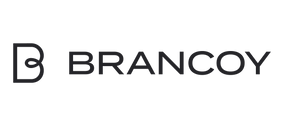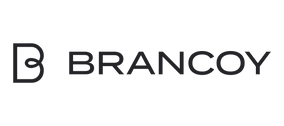Starting an online store is a process that varies significantly in duration depending on several factors. Typically, the entire process takes 2-8 weeks from start to launch. An entrepreneur starting a smaller online store can get started faster by using ready-made platforms, while a larger store requires more thorough planning and implementation.
The schedule is significantly affected by the scale of the online store, the size of the product range, the entrepreneur's technical expertise, and the available resources. For Finnish entrepreneurs, the schedule for setting up an online store should also take into account the integration of local payment methods and logistics solutions, which can increase the implementation time by a few days.
Maintaining an online store after launch requires regular updating and development. It's worth setting aside time for this every week, especially during the first few months when the store is still taking shape.
What are the steps involved in setting up an online store?
Starting an online store consists of several key steps that every entrepreneur must go through. Business planning is the first step, which is worth setting aside 1-2 weeks for. This step defines the target audience, product range, pricing strategy and competitive advantages.
Next, you’ll need to choose an ecommerce platform. Shopify is one of the most popular options due to its ease of use and versatility. It typically takes 2-5 days to set up the platform, but customizations can take longer.
Creating product descriptions and images is often the most time-consuming step, taking an average of 1-3 weeks depending on the size of the product range. High-quality product images and attractive descriptions are essential for the success of an online store.
Payment system integration is a critical step that should take 2-5 days. Important payment methods for Finnish customers include online banking, card payments, and mobile payments, all of which should be included in the store.
Creating the visual identity usually takes 3-7 days, and the final stage is testing, which should take at least a week. The testing phase involves checking the functionality of the purchase process, mobile compatibility, and user experience.
How does the choice of e-commerce platform affect the start-up schedule?
The choice of e-commerce platform is one of the most significant factors affecting the timeline. Ready-made platforms like Shopify allow for significantly faster implementation compared to customized solutions. A basic Shopify-based e-commerce version can be up and running in as little as 1-2 weeks, while a fully customized solution can take 2-4 months.
Shopify has the advantage of ready-made themes and integrations that save you time. The platform offers comprehensive tools for product management, payment processing, and customer service without the need for separate technical development. This significantly reduces the implementation time.
Open source platforms like WooCommerce offer more customization options, but also require more technical expertise and time to implement, typically 3-6 weeks.
Custom solutions, on the other hand, allow you to build a completely unique online store, but a longer timeline and higher costs are factors to consider. These solutions are best suited for larger companies with specific needs for online store functionality.
How to speed up the implementation of an online store?
There are several practical steps you can take to speed up your online store setup. Utilizing professionals is the most effective way to save time – an experienced Shopify expert can cut the setup time by up to half compared to doing it yourself.
Careful preparation before technical implementation is key. Gather all product information, images, and text content before deploying the platform. This can save weeks during the implementation phase.
Using a ready-made e-commerce theme saves a lot of time. Instead of designing the look and feel from scratch, choose a ready-made theme and make only the necessary branding changes. This saves 1-2 weeks in the visual design phase.
Focus on only the essential features in the first phase of your launch. Your online store doesn’t have to be perfect right away – you can start with the basics and add functionality later. This phased approach can reduce your launch time by 2-3 weeks.
Prioritizing integrations is also important. Focus on essential integrations like payment systems first and leave more complex integrations like loyalty programs for a later stage. This will help you speed up your online store implementation and start selling products faster.




